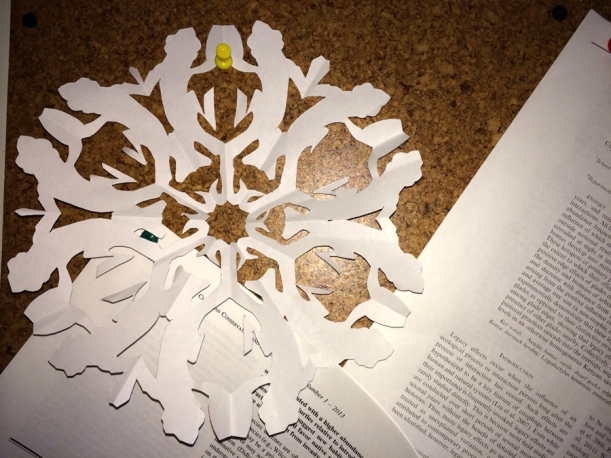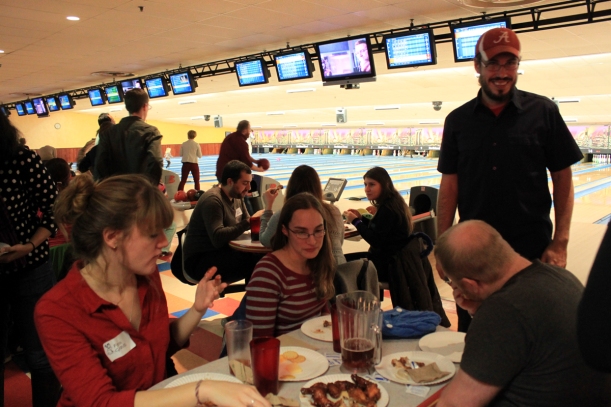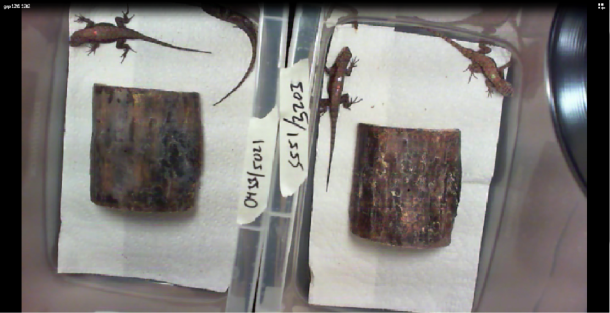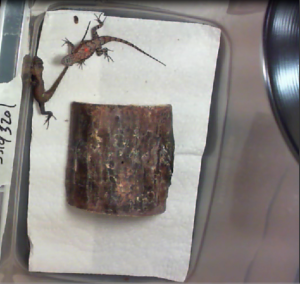‘Tis the week of Christmas and all across campus,
Not a creature is stirring, not even a Krampus
The grades are all entered on Angel with care
While undergrads hope that “A’s” soon will be there
The herps are all nestled in their wint’ry beds
While visions of arthropods dance in their heads
Nope, we’re not actually brumating too, we just haven’t had a post in some time since it’s been so busy at the end of the semester. But, we’ve got a few quick tidbits to post over break to tide you over the holidays!:
It looks like our herpflakes from last year were a real hit with some. Colleagues Colin and Max at Yale threw a lab bash that featured some original designs including:
I’ve also seen some nifty scientist-flakes around the interwebs.
While the PSU Biology Department’s Holiday Door Decorating Contest is no more (one lab in particular was a little too successful and drove the contest extinct), the Langkilde Lab still had a successful December. Both Gail and I passed our comps, so we’ve cleared the last administrative hurdle to getting our degrees prior to our defenses…now we just need to write!
And even without the Door Decorating contest, we still managed to clean up at the Biology Dept. Holiday Party. The Langkilde Lab table knocked down two strikes with colored pins in front to take home 2 out of 5 door prizes…we got a bottle of apple wine and a triple (that’s 3 separate containers in one) crockpot!
We hope you have a great holiday with your family and friends, and we’ll see you in the New Year!







